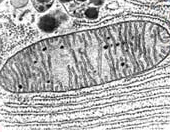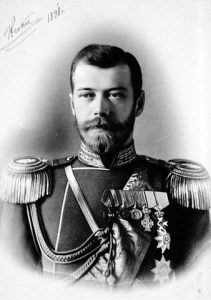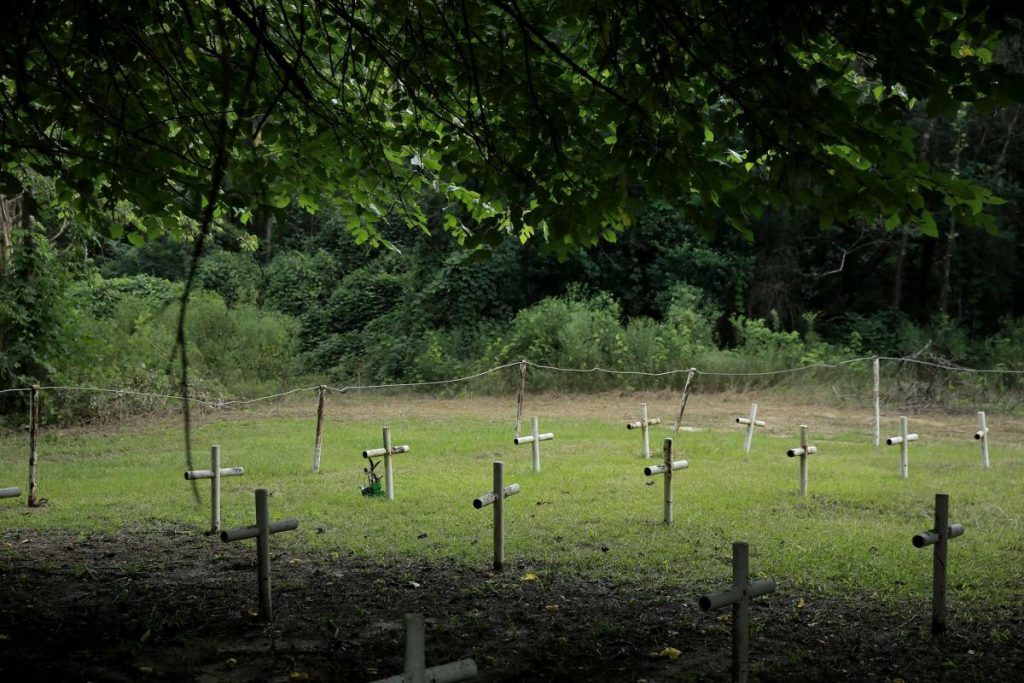

Heteroplasmy is the presence of more than one mitochondrial genome within an individual. Perhaps the most famous example of the effect of mtDNA heteroplasmy on a forensic investigation is the identification of the remains of Tsar Nicholas II. mtDNA from bones discovered in a mass grave in 1991, was identical in sequence to known relatives of the Tsar except at one position, where there was a mixture of matching (T) and mismatching (C) bases. Lingering doubt caused by this result meant that confirmation of the authenticity of the remains was delayed. Ultimately mtDNA analysis provided the needed evidence for identification, showing that the same heteroplasmy was present in mtDNA extracted from bones of the Tsar’s brother, confirming the Tsar’s identity (Ivanov et al., (1996) Nature Genetics 12(4), 417-20).
Here is what Dr. Holland had to say about the work he will present at ISHI:
Continue reading “Previewing ISHI 27: Mitochondrial DNA Analysis in Forensic Investigations”
